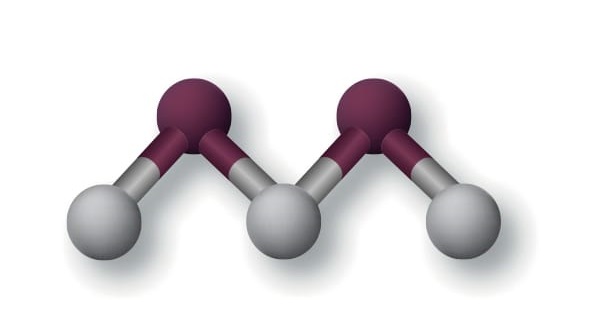Dimethoxymethane (also known as methylal), is a clear colourless liquid with a chloroform-like odour. It is soluble in water and is miscible with common organic solvents. Methylal is used in different industries. It is used as a solvent in the manufacture of resins, adhesives, paint strippers and protective coatings.
Methylal is incompatible with strong oxidizing agents and acids. It should be kept away from heat, hot surfaces, sparks, open flames and other ignition sources.
Characterization of Methylal

Methylal is a colourless flammable liquid with excellent dissolving power. It is the dimethyl acetal of formaldehyde. Dimethoxymethane can be used in many different applications. Due to the rapid evaporation, it is often used in aerosol cans. Plus, it is suitable for use in cosmetics. For example, it is used in hair styling sprays, creams and lotions. Advantages of Methylal include:
- Excellent stability
- Excellent water removal property from organic molecules
- Rapid evaporation
- Low viscosity
- Excellent dissolving power
Some properties of Methylal include:
- Its molar mass is 09 g. mol-1.
- Its melting point is −105 °C.
- Its boiling point is 42 °C.
- Its density is 821 gcm–3
Applications of Methylal
Methylal is mostly used as a solvent in different industries. Some uses of Methylal include:
- It is used as a solvent in the manufacture of pharmaceuticals, aerosols, paints, varnishes and cleanings.
- Glue formulations fragrances and pesticides
- Fuel additive for smoke reduction
- Paint stripping
- It is used in the production of creams and lotions. Methylal is a suitable solvent for sun protection products.
- It is used in removing nail polish
Methylal Production
Methylal is produced through the reaction of methanol and formaldehyde in the presence of an acidic catalyst. It is generally known that methylal can be produced in the presence of sulfuric acid. However, sulfuric acid results in severe corrosion as well as some difficulties in waste disposal.
Conventionally, the methylal production is of batch process in which reaction and product isolation are carried out separately.
Methylal Storage
Methylal is an important raw material and an excellent solvent in industry. It should be kept separated from strong oxidants and strong bases. Plus, it should be stored in a cool, dry, and well-ventilated facility. Other storage conditions include:
- Methylal should be stored in an area without drain or sewer access.
- It should be stored away from direct sunlight.
- Methylal should be stored in tightly closed containers.
- It should be stored away from incompatible substances.
- Methylal should be kept away from heat, sparks, and flame.
Methylal Health Hazards
Methylal is a very dangerous fire hazard when exposed to heat, flame or oxidizing agents. It May explode if heated with oxygen.
- When handling Methylal, use spark-proof tools and explosion-proof equipment.
- Avoid contact with eyes, skin, and clothing.
- Empty containers retain product residue and can be dangerous.
You should wash your hands before breaks and after work. Plus, you should use personal protective equipment and wear chemical impermeable gloves.
FAQ
What is Methylal used for?
Methylal is a colourless liquid with a harsh, sharp odour. It is used as a fuel and a solvent in different industries. Plus, it is used to manufacture other organic chemicals. Methylal is used as the low-viscosity component of the solvent for electrolytes of lithium batteries.
Is Methylal toxic?
Methylal is Mildly toxic by ingestion and inhalation. Severely irritates skin and eyes. Vapors are heavier than air. Methylal is used to make other chemicals.
